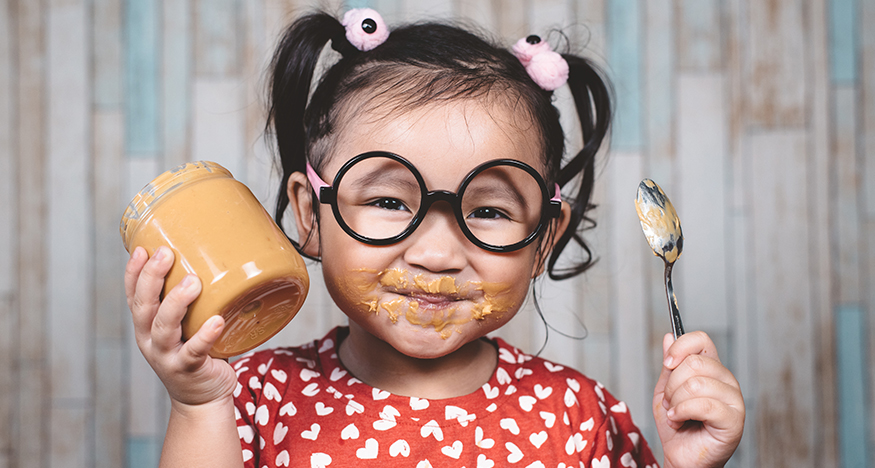Peanut butter is a universally loved staple. The bounds of geography and age mean nothing when it comes to peanut butter because everyone loves a good jar of peanut butter. The creamy, nutty delight that has found its way into countless sandwiches, desserts, and snacks, is more than just a spread – it’s a cultural icon with a rich history and fascinating details. Here are some delightful and surprising facts about peanut butter, its origins to the manufacturing processes that bring it to our tables.
Lesser Known Facts on Peanut Butter’s Origin
Ancient Roots: The roots of the beloved peanut butter can be traced back to the Aztecs and Incas, who ground roasted peanuts into a paste. The credit for its modern incarnation, however, goes to Dr. John Harvey Kellogg. He was a renowned health enthusiast who patented a process for creating peanut butter in 1895.
World War II: Peanut butter became popular during World War II as it was a staple in soldiers’ rations for its high protein content. Soldiers found it convenient, delicious, and a source of quick energy, contributing to its widespread adoption across the globe.
PB&J: The classic peanut butter and jelly sandwich has been a staple for decades. The average American will have consumed over 1,500 peanut butter and jelly sandwiches by the time they graduate high school.
Peanut Butter Manufacturing
The Perfect Peanut: Not all peanuts are created equal. The star variety, which is high-yielding and disease-resistant, is the most common choice for peanut butter production.
Roasting Magic: One of the secrets to peanut butter’s rich flavor lies in the roasting process. Peanuts are roasted to perfection, bringing out their natural oils and enhancing the overall taste. The level of roasting can vary, leading to the distinct flavors of different peanut butter brands.
Smooth vs. Crunchy: The eternal discussion of smooth versus crunchy peanut butter divides households and sparks passionate discussions. The truth is, it’s not just a matter of personal preference. Smooth peanut butter is often preferred in baking, while crunchy varieties add a satisfying texture to sandwiches.
No-Stir Innovation: If you’ve ever opened a jar of natural peanut butter only to be met with a pool of oil on top, you’ll appreciate the brilliance of “no-stir” peanut butter. Manufacturers use emulsifiers to prevent the separation of oil, ensuring a consistently smooth and spreadable texture.
Fun Peanut Butter Trivia
Peanut Butter on the Moon: In 1969, as part of the Apollo 11 mission, peanut butter became the first food to be eaten on the moon. Astronauts Neil Armstrong and Buzz Aldrin enjoyed it in specially designed squeeze tubes.
Peanut Butter Records: The largest jar of peanut butter ever made weighed a staggering 6,510 pounds! This monumental creation, certified by the Guinness World Records, showcased the love for peanut butter on a grand scale.
Peanut Butter Health Hype: Despite being a calorie-dense food, peanut butter is a nutritional powerhouse. Packed with healthy fats, protein, and essential nutrients, it’s been linked to various health benefits, including heart health and weight management.
Peanut butter is not just a delightful spread; it’s a versatile and fascinating culinary creation with a rich history. Peanut butter manufacturers continue to innovate the classic peanut butter to capture our taste buds and imagination. The next time you savor that creamy or crunchy goodness on your toast or in a sandwich, remember the journey that transformed peanuts into peanut butter, a beloved culinary icon.

